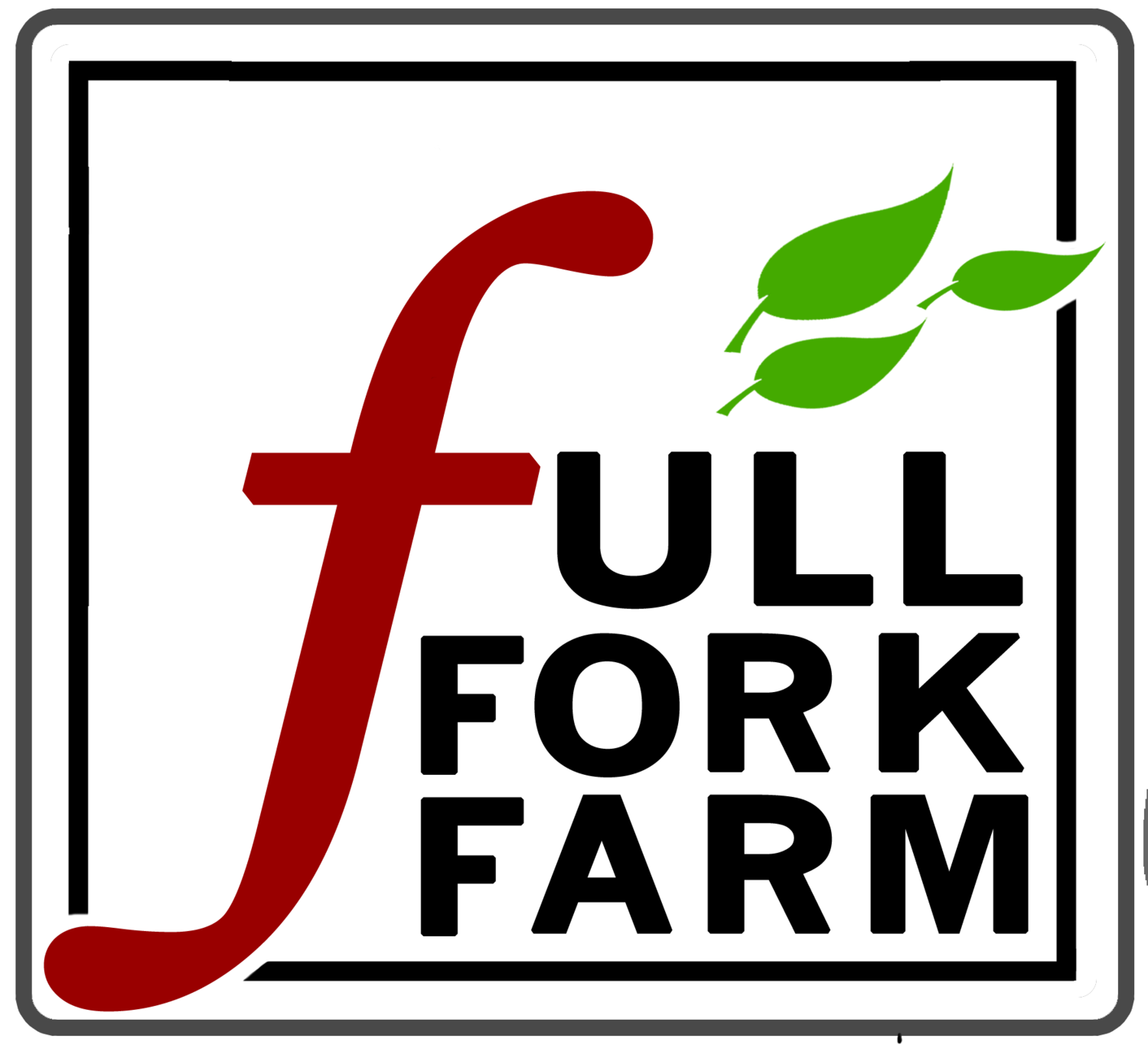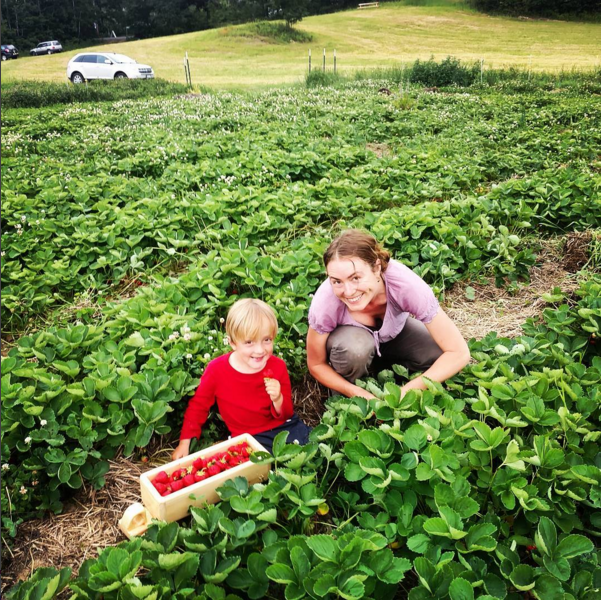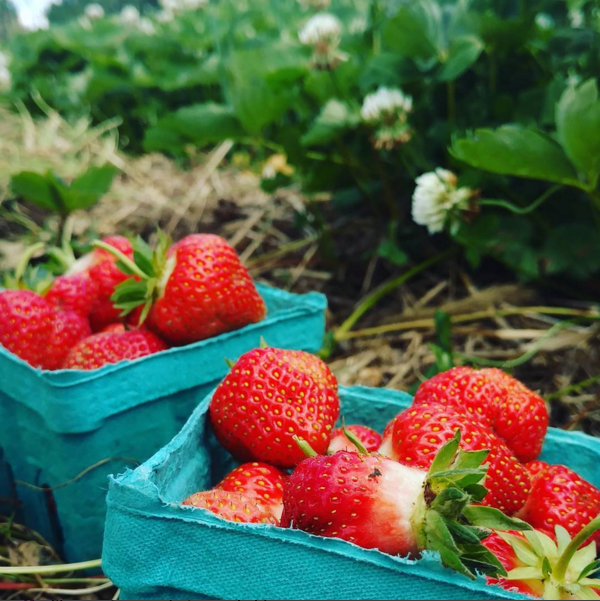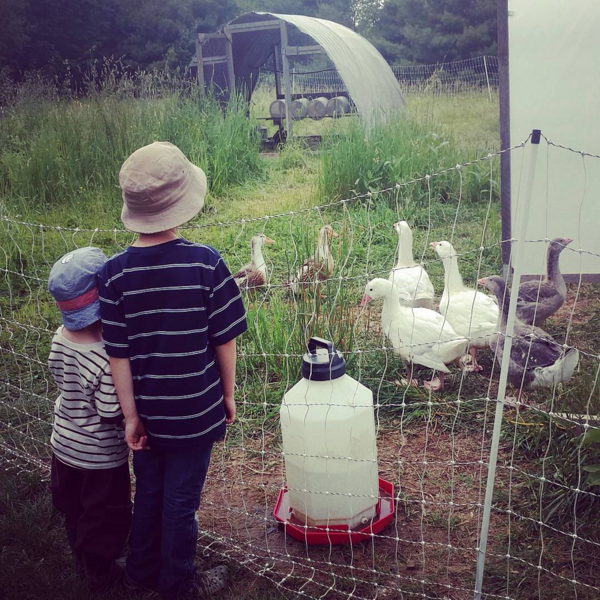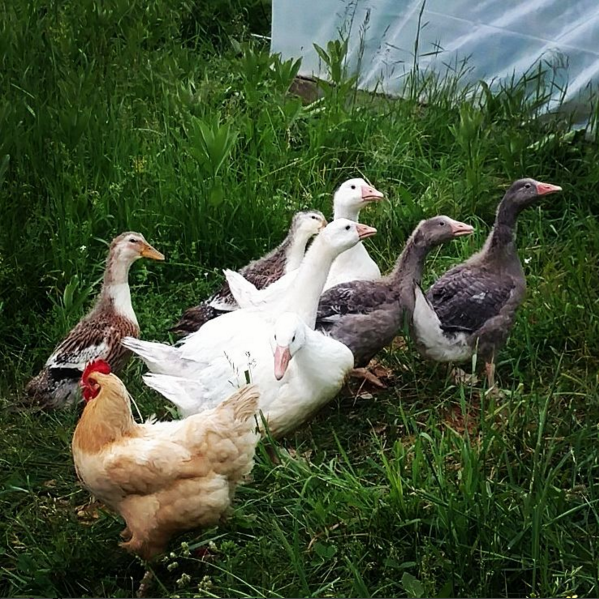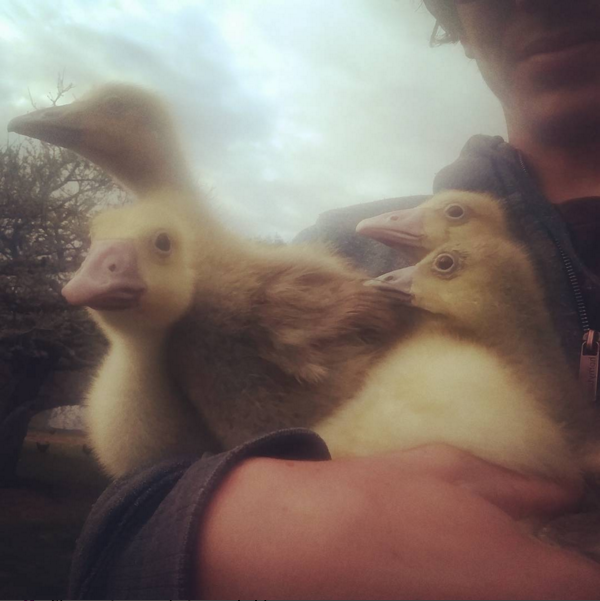A Valley Oak wheel hoe to cultivate between direct-seeded salad greens.
Weed pressure has been the biggest challenge this season. The land speaking its history through witches' and quack grass. And loudly so. The pressure built to the point that I decided to turn under the first succession of greens. It was a better choice to give up the crop than to face a mature, established stand of grass.
I'm still learning this land. It's And the seed bank from the field's history in corn silage aside, the grasses are letting me know that I'm not doing a good enough job. They're growing to fill the empty spaces created through my disturbances. They are literally re-covering the earth. If I'm to farm well, it'll be through observing and understanding this process, fitting myself into it.
That said, I'm working to figure out the tools that work best for our farm. Stirrup hoes and wheel hoes (and many hands) for manual weeding, but also things that will prevent that from being necessary in the first place. Seeking to perfect stale bedding using a 5-torch flame weeder, where the flush of weeds after a soil disturbance are eliminated through just before the intended crop emerges. Also making use of landscape fabric to artificially keep the soil covered for transplants.
My new/old 1986 John Deere 1050 full of spent brewers' grains. 36 hp, and it fits just-so over our 30" beds.
I'm anticipating the farm's new tractor to be one of the biggest tools in this process. I say new in the new-to-us way. At 31-years old, this little John Deere is old as I am. It made it's way to the farm through the help of my farm mentor Ian of Stonecipher Farm. The evening of its arrival was quite a production finagling a couple implements out of Ian's box truck with the tractor's bucket: a bedshaper and an old horse-drawn disc harrow. Even with limited implements, though, the tractor is already changing what's been possible this season on the farm.
I can't, for one, imagine what it would have taken to haul all the brewers grain out into the field for the SARE grant. Twenty or so 400 lb.+ 55-gallon barrels.
If you're reading this blog for the first time, the gist is that I'm looking at the use of spent brewers' grain from Oxbow Brewery in Newcastle as a field amendment for plant growth. In particular, I'm looking at a form of composting called bokashi to work with the spent grains' high moisture and tendency to go anaerobic. If you're interested in learning more about, click here.
A step by step overview of the process below.
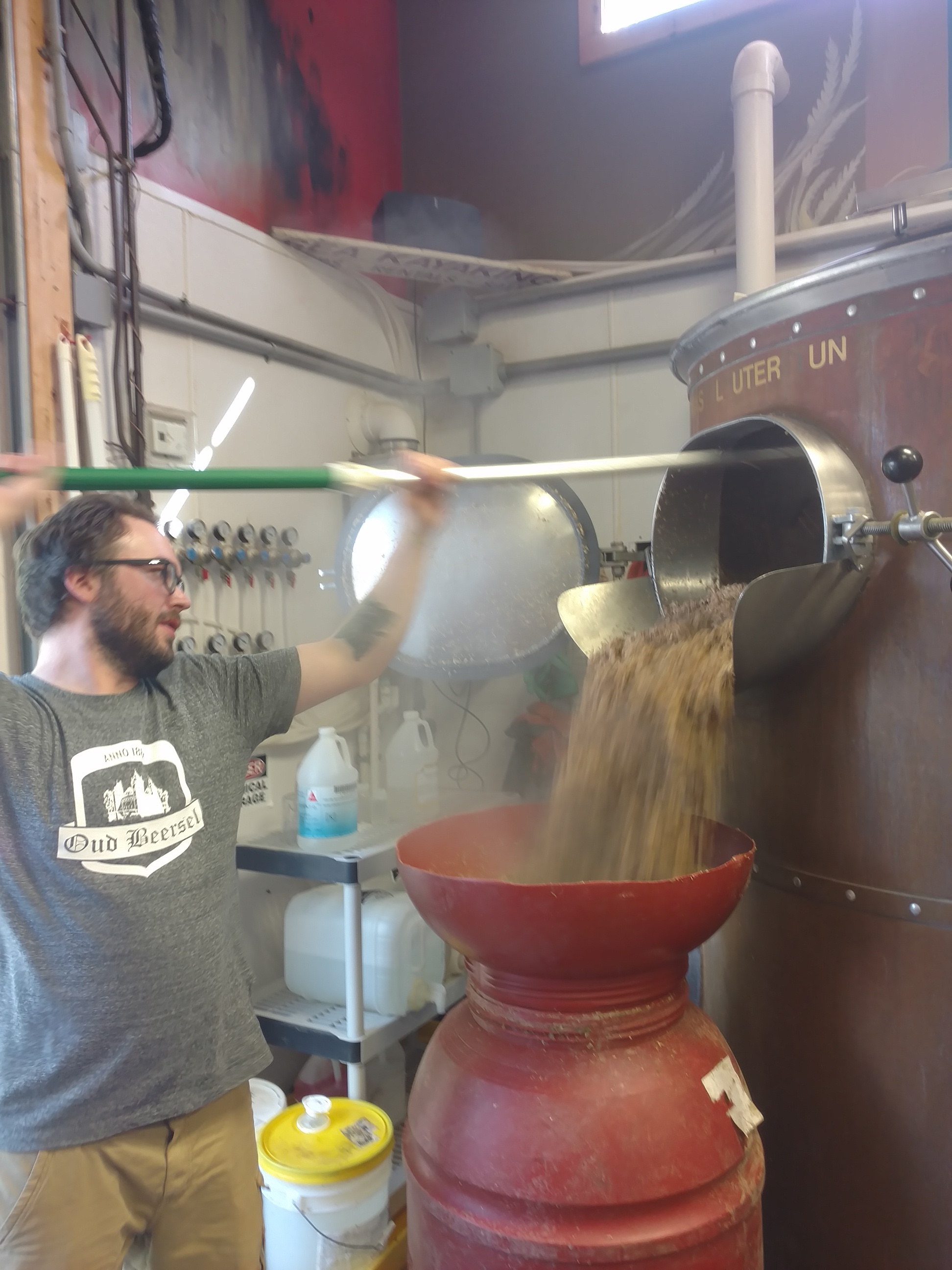
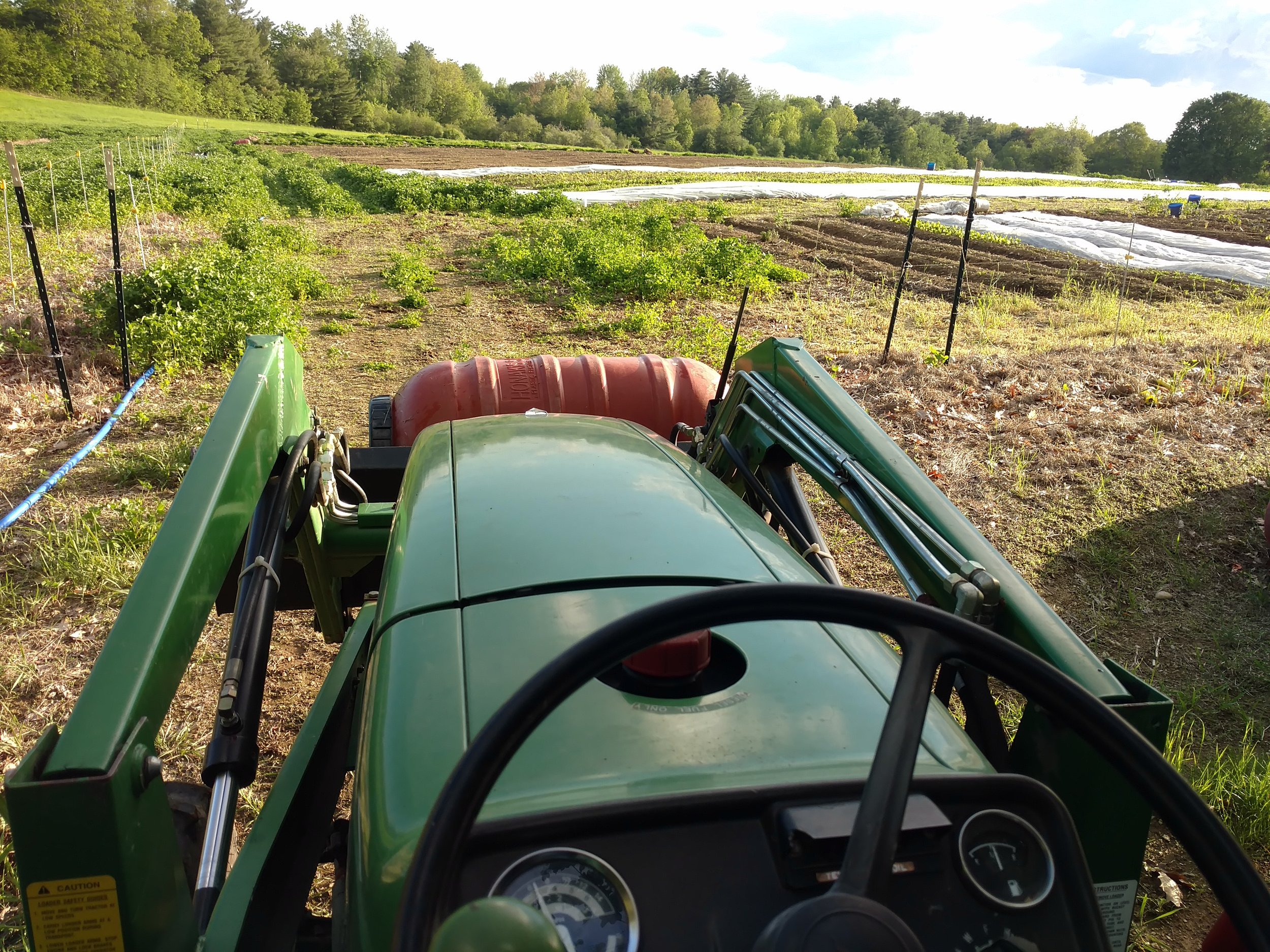
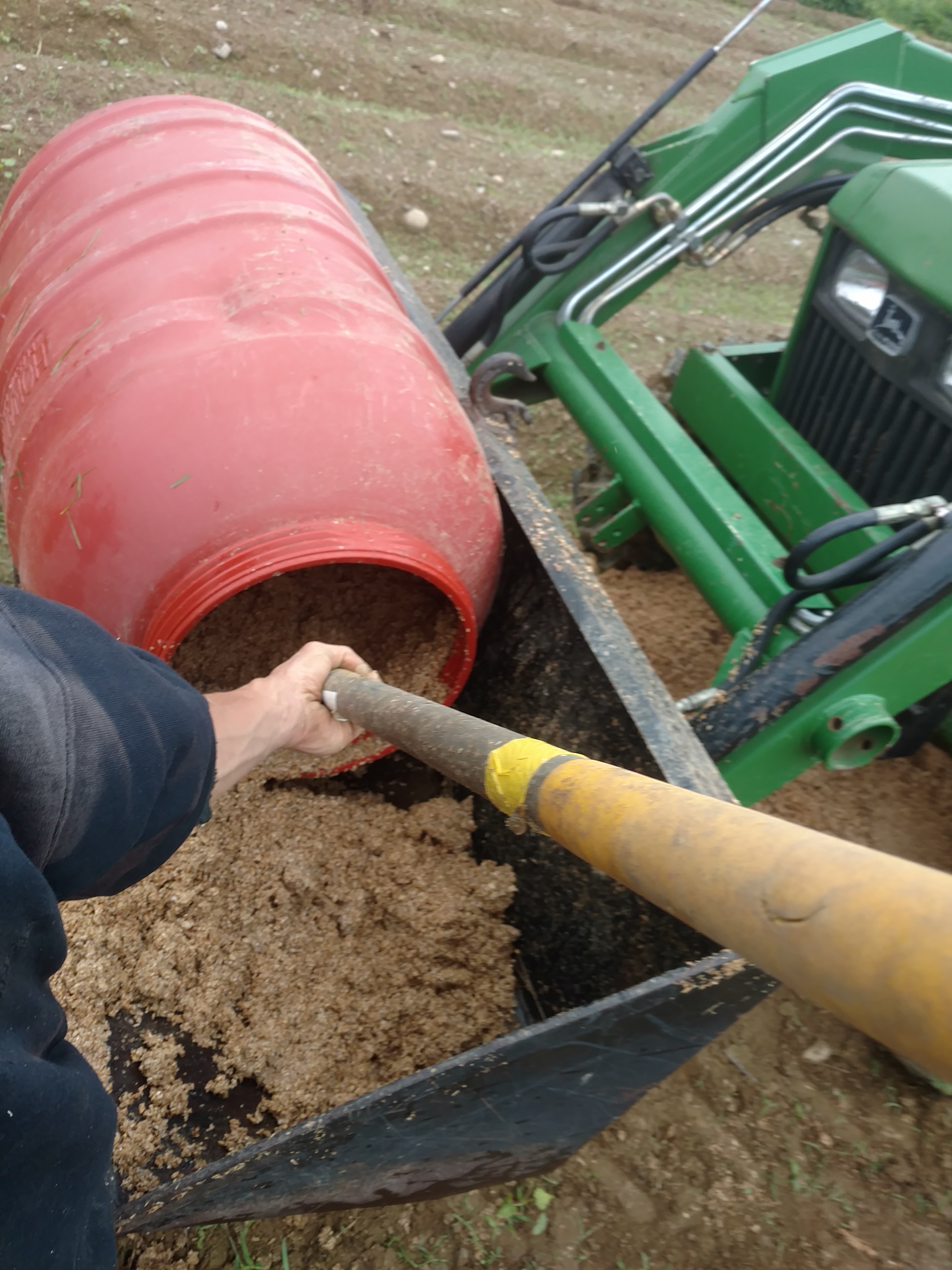
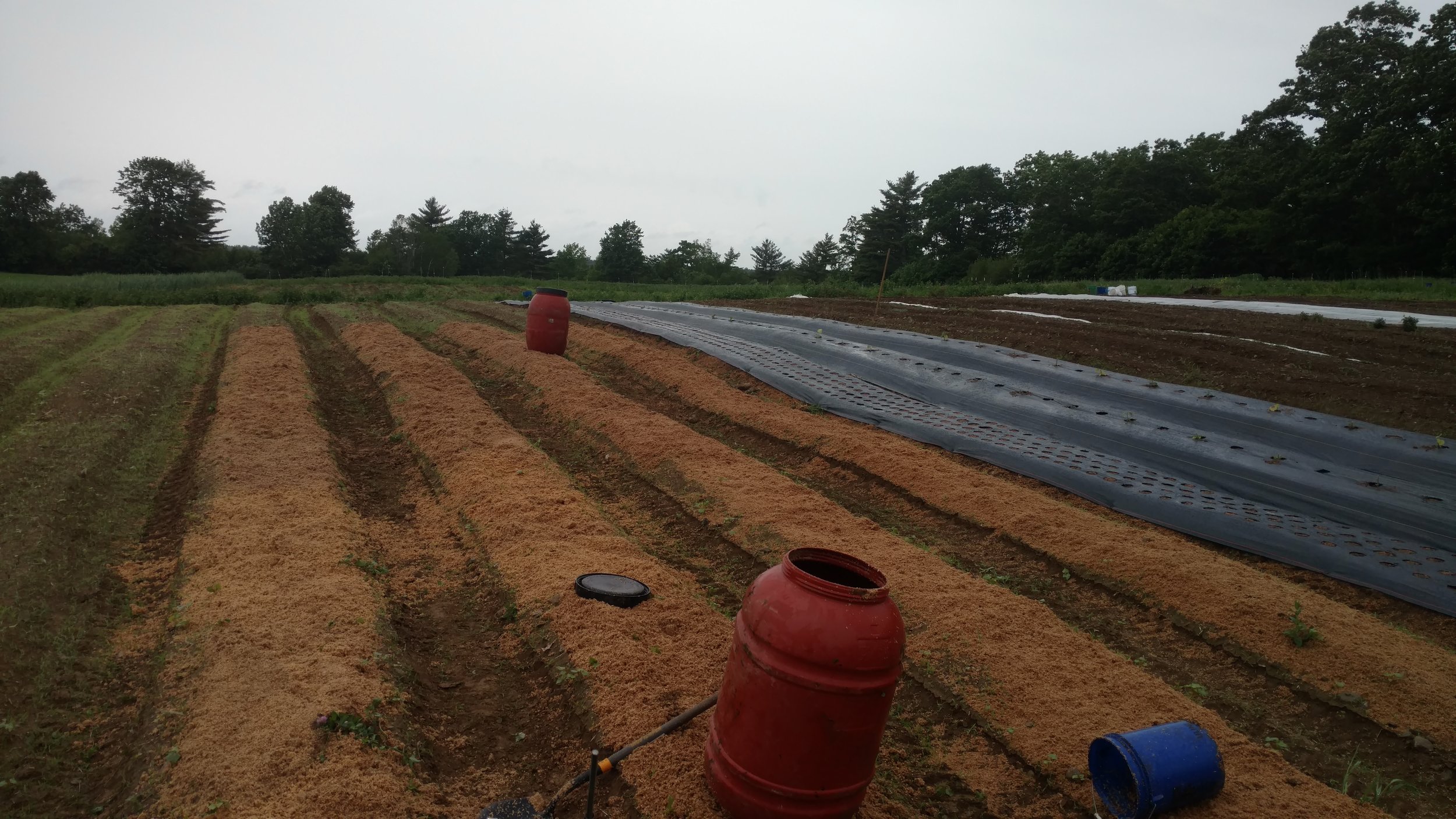
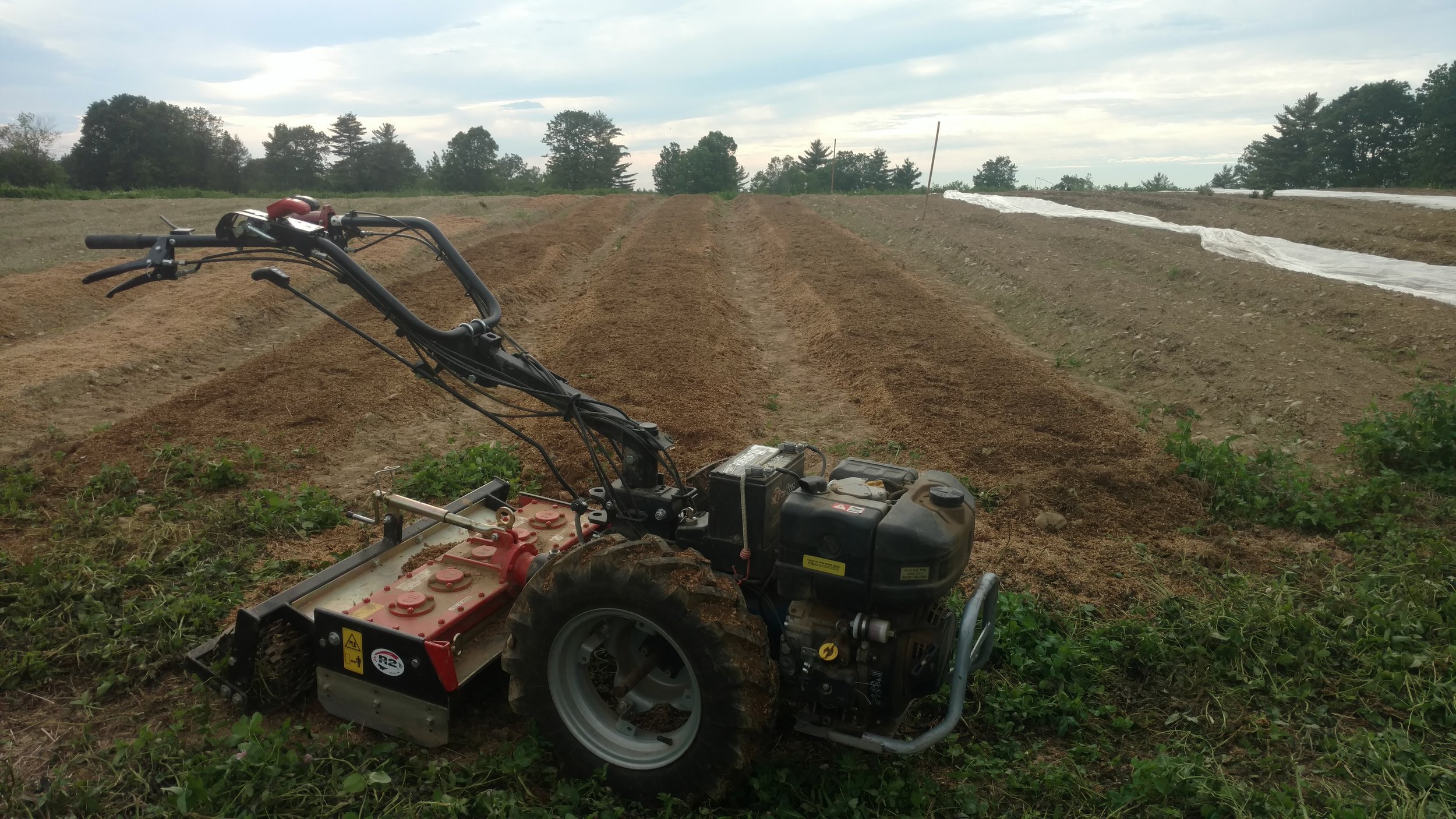
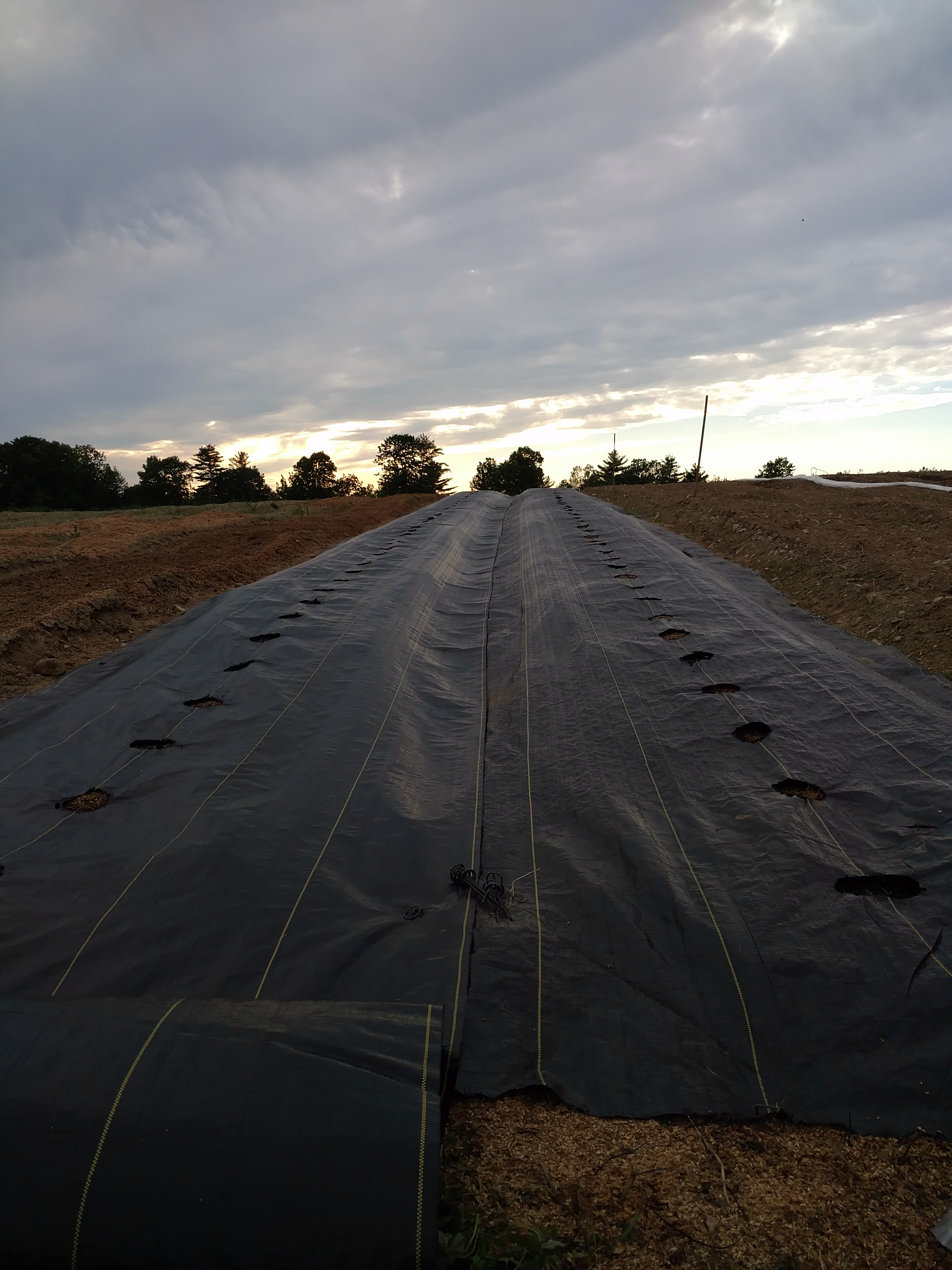
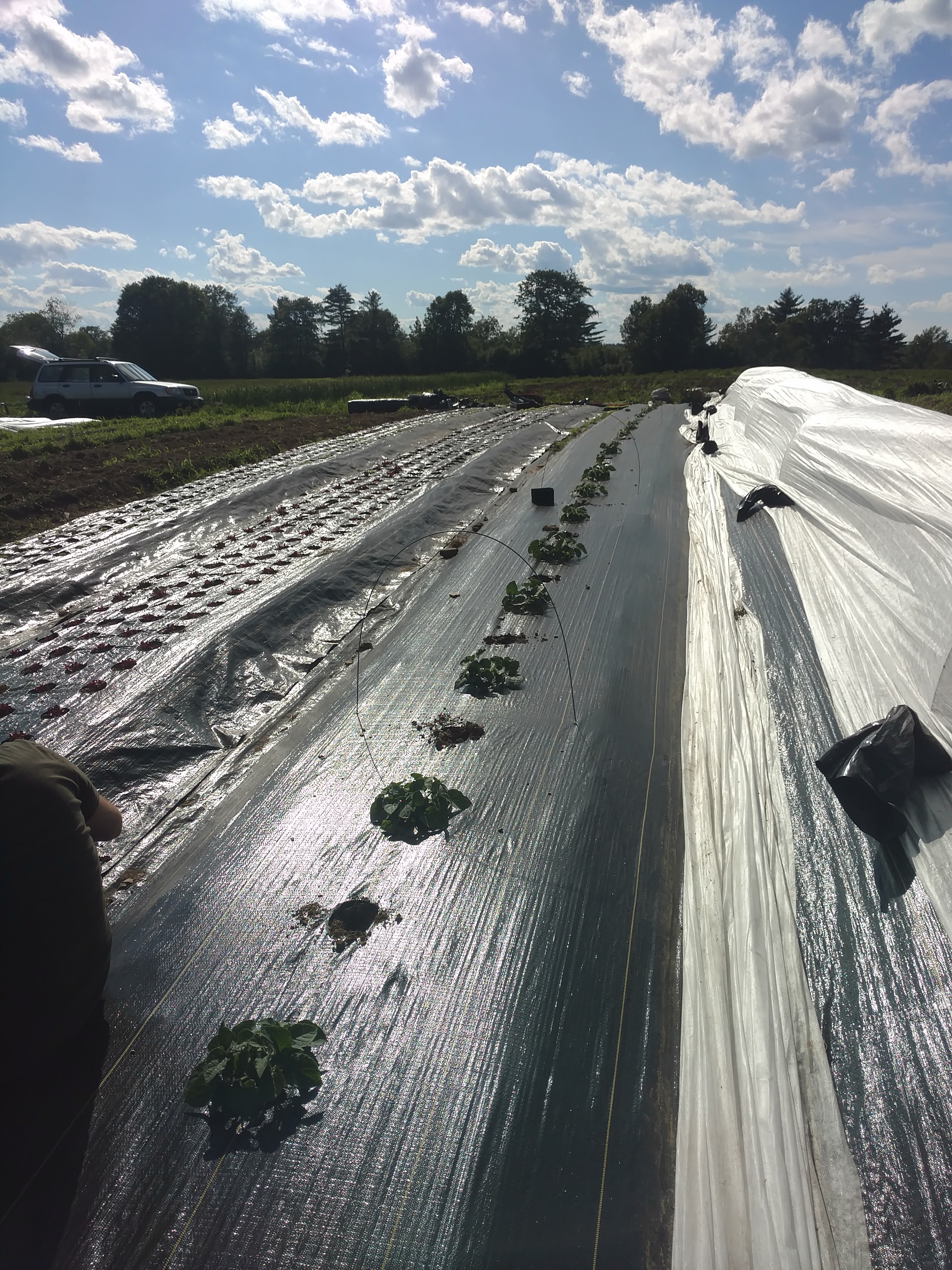
And we're already seeing interesting results three weeks! Below are representative photos I took yesterday morning of the huskcherries that were planted on June 14th/15th. The far left image is the control, the center is raw spent brewers' grain [SBGs], and the far right is bokashi'd spent brewers' grain [bSBGs]. Not much noticeable difference between the two trial groups, but the growth difference contrasted with the control of no grain is quite noticeable.
Meanwhile, the cotton patch geese are growing up. They're out in the field now, happily gnawing away at the grass and clover. As far as having them effectively weed the strawberry plots, though...seems like I need quite a bit more. Having thoughts about mob grazing the plots with large numbers of geese over a short period of time. Just need to figure out what the appropriate number is...
Animal-wise, the last of the Silver Appleyards ducklings are just starting to hatch. LIttle pips from the incubator even as I write this. The parents of these little ones have been reunited in the yard. And they're stoked.
And as far as little ones go, the cherry tomatoes are just around the corner. They've been growing rapidly themselves. Also with spent brewers grain, but composted slowly with autumn leaves.
Autumn compost pile of leaves and spent brewers grain in the caterpillar tunnel.
Now if you're wanting to enjoy some of our salad greens, consider heading on up to The Miller's Table, which just opened up in Skowhegan. The restaurant is off to a running start, and is already planning to expand the space for the fall. Wood-fired pizza ovens, a courtyard with outdoors seating. Word has already gotten back to me about the quality of the food. Well worth the trip.
